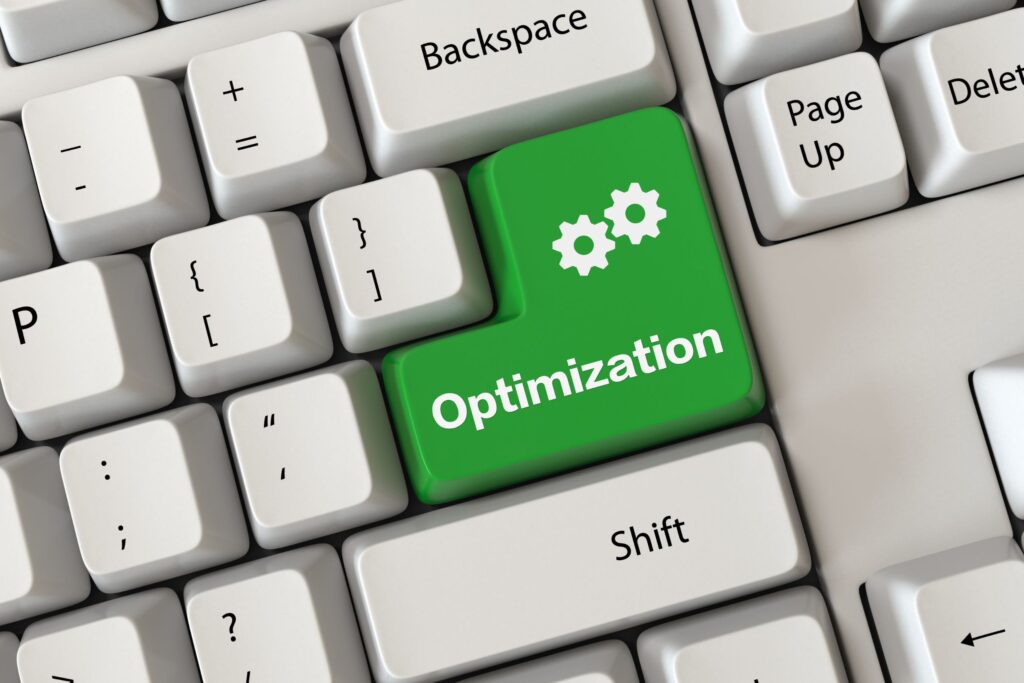Building Custom WordPress Themes: Basic Steps and Tips
Creating your own WordPress theme can be an incredibly satisfying process, especially if you want to control every aspect of your website's design and functionality. In this article, we'll go over the basic steps to building a custom WordPress theme, as well as some tips to help you navigate the process.
1. Planning the topic
Before you start coding, it's important to plan your theme's design and functionality. Consider the following aspects:
- Target audience and purpose of the topic
- Basic functionalities and design elements
- Responsive to mobile devices and cross-browser compatibility
- Color scheme and font selection
- Optimization for SEO and loading speed

2. Topic structure
Once you've planned the design and functionality of your theme, it's time to start building its structure. All WordPress themes require the following core files:
- style.css: The main style file that contains information about the theme, such as name, version, author, etc.
- index.php: The main theme file that contains the homepage template
- header.php: The site header template
- footer.php: The site's footer template
- sidebar.php: The sidebar template (if any)
- functions.php: The file where theme specific features are added
3. Coding the topic
Once your theme structure is ready, you can start coding. Use HTML, CSS, and PHP to build the different templates, making sure you use the right WordPress features and hooks to provide the right theme functionality. To make your code more modular, you can use the PHP "include" or "require" functions to include parts of code that repeat (for example, headers and footers).

4. Theme testing and debugging
Before you go live with your theme, it's important to test it thoroughly to make sure it's working correctly. Test the theme on different devices and browsers to ensure a good user experience. Also, use tools like the W3C Validator to check that your HTML and CSS code is valid.
5. Theme optimization
It is also important to optimize your theme so that it loads quickly and provides good performance. Some of the things you can do include:
- Minification of CSS and JavaScript files
- Image optimization, including using the correct sizes and formats
- Using caching and CDN services to improve loading speed

6. Documentation and Support
To make your theme easy for other users to use, it's important to create documentation that explains how to install and set up your theme. Also, include contact information so users can contact you if they have questions or problems.
Creating your own WordPress theme can be challenging, but it's also an exciting and creative process. Follow these steps and tips to build a theme that is unique, functional, and adaptable to your users' needs. Make sure the theme is compatible with different devices and browsers, as well as optimized for SEO and loading speed. Finally, don't forget to provide detailed documentation and keep your theme up-to-date and bug-free.
By following these tips, you will create a custom and professional WordPress theme that will make your website stand out and attract more visitors.








